
In my own gardening life, I just missed JC Raulston. His unexpected death in late 1996 happened just as I started to really get serious about plants. The arboretum that he laid the plans for in the mid-1970s now bears his name. It’s a testament to his legacy and the power of plants in people’s lives. Even though I missed crossing paths with JC in life, I feel as if I knew him whenever I visit this special garden in Raleigh, North Carolina. If you haven’t visited the JC Raulston Arboretum, it’s certainly worth a trip. The arboretum houses one of the most diverse plant collections in all of the southeastern United States.
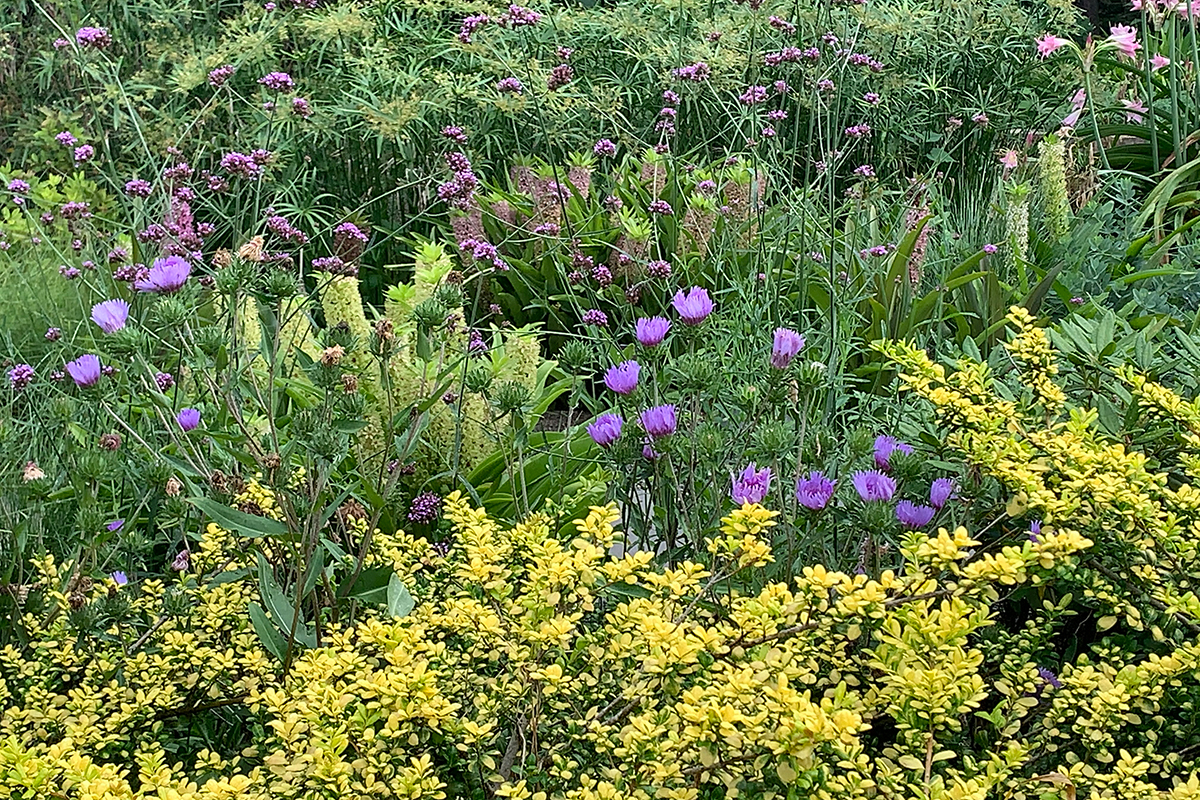
Always something new to learn
Visitors to the JCRA can expect to see something they’ve never seen before. In some cases, it might be a new plant; at other times, it might be a new way of using plants. A tapestry of individual gardens spread across the large facility gives the visitor an opportunity to really study gardening. Some of these areas have a more formal design, some have display plants being trialed, and still others showcase contemporary techniques in landscape design.
I asked garden director Mark Weathington what he would want people to know about the arboretum. He said, “The JCRA provides a beautiful and restful oasis in Raleigh for the public and is at the forefront of new plant introduction and evaluation. As we move forward, we expect to be even more involved in introducing plants that meet the changing needs of modern society.”
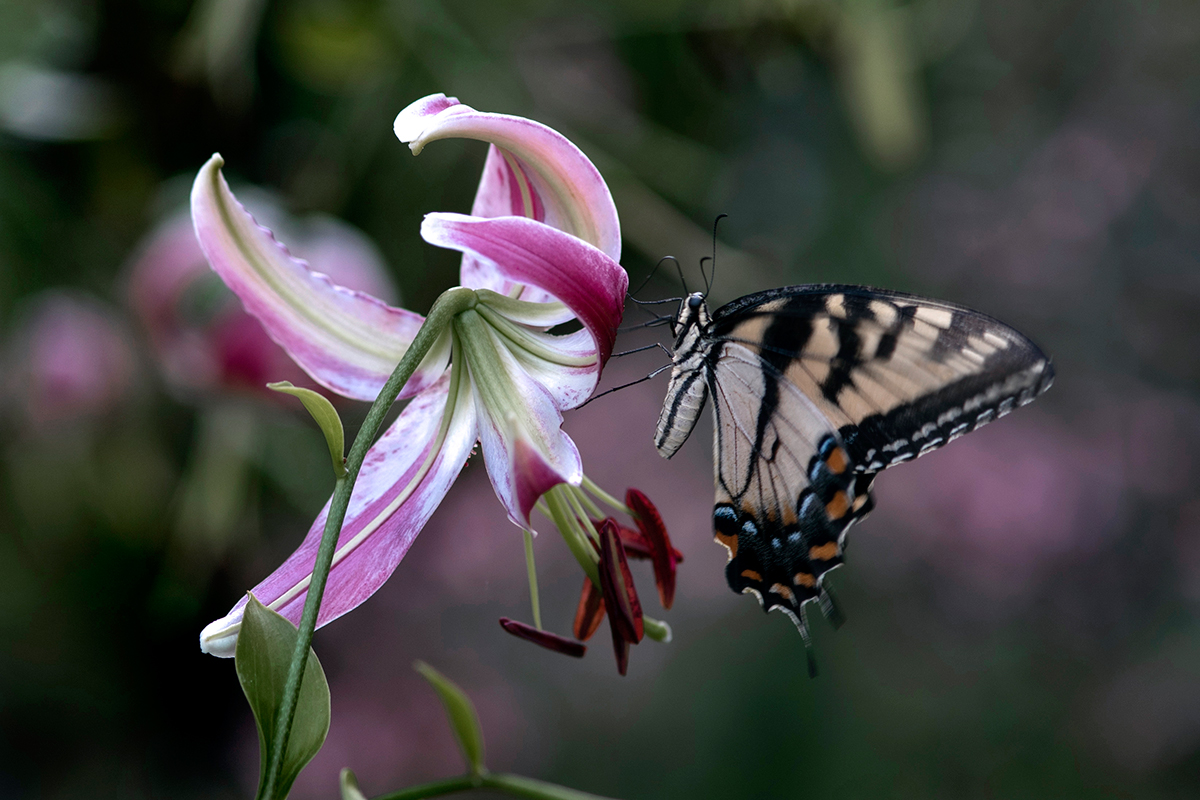
Where the sausage gets made
What Mark says about the JCRA rings true for visitors. Very well known for introducing new plants into the industry, the JCRA has named and introduced over 50 plants. This doesn’t include the many hundreds of plants it has been instrumental in introducing to the nursery industry, promoting out of obscurity, and bringing in from foreign sources. When asked about the arboretum’s work introducing plants, Mark said, “We believe that introducing new plants to the public is one of the primary ways we support our mission, whether it is by finding and collecting overlooked plants, or by actively breeding plants with new and superior characteristics.”
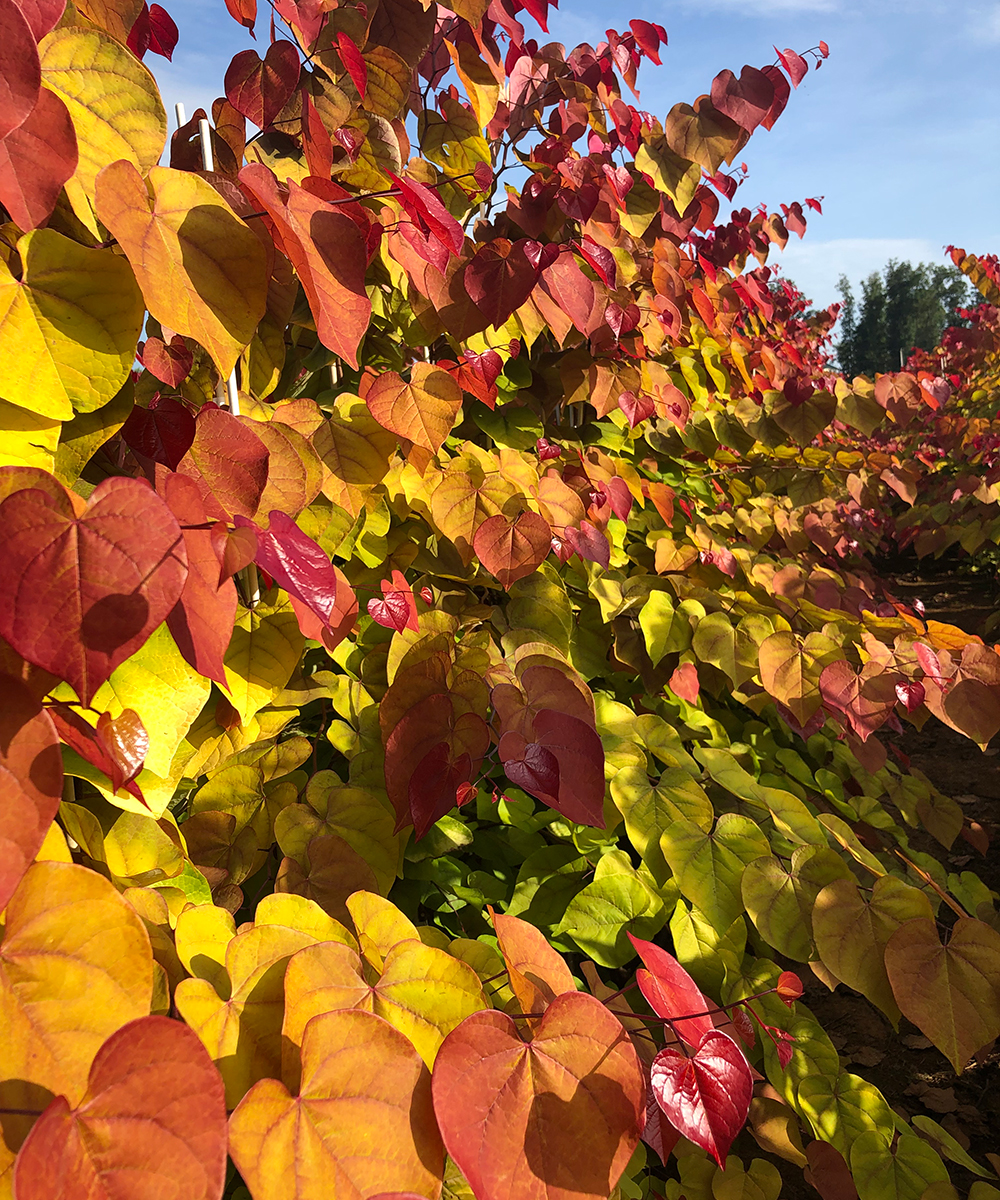
One such introduction is the wonderful Flame Thrower® Eastern redbud (Cercis canadensis ‘NC2016-2’, Zones 4b–8). Bred by former garden director Denny Werner, it is just one of the many groundbreaking introductions associated with this garden. As you walk the grounds, you are sure to see many other plants being trialed for future introduction.
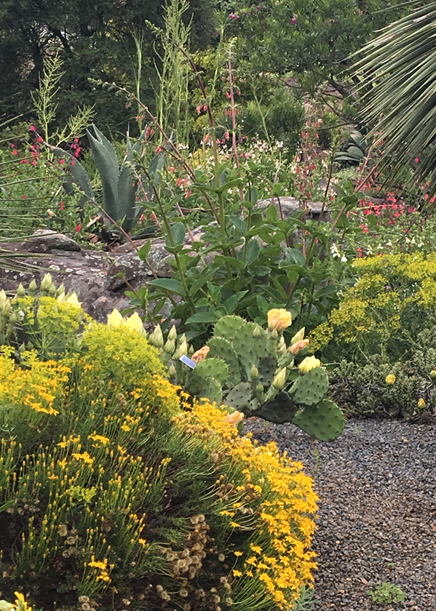
Lifelong learning
Part of the JCRA’s mission is providing educational experiences to the public. Mark says, “Education has always been a major driver for the JCRA, and we are finding we are having an even bigger impact through online programming.” I encourage anyone to check out all that the arboretum does in person but also to explore its online programming, including its YouTube channel.
The JCRA is a truly special place, and I encourage anyone who finds themselves anywhere near Raleigh to plan a visit. Make sure you check the website for up-to-date visitor information. You are sure to leave with good memories and a multitude of ideas you can incorporate into your home garden.
—Andy Pulte is a faculty member in the plant sciences department at the University of Tennessee.
Fine Gardening Recommended Products

Pruning Simplified: A Step-by-Step Guide to 50 Popular Trees and Shrubs
Fine Gardening receives a commission for items purchased through links on this site, including Amazon Associates and other affiliate advertising programs.

Berry & Bird Rabbiting Spade, Trenching Shovel
Fine Gardening receives a commission for items purchased through links on this site, including Amazon Associates and other affiliate advertising programs.

Planting in a Post-Wild World: Designing Plant Communities for Resilient Landscapes
Fine Gardening receives a commission for items purchased through links on this site, including Amazon Associates and other affiliate advertising programs.




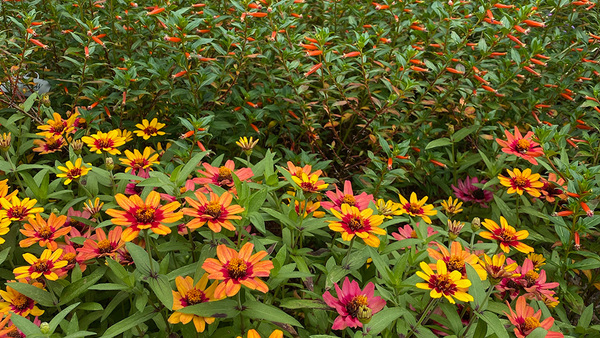














Comments
Log in or create an account to post a comment.
Sign up Log in